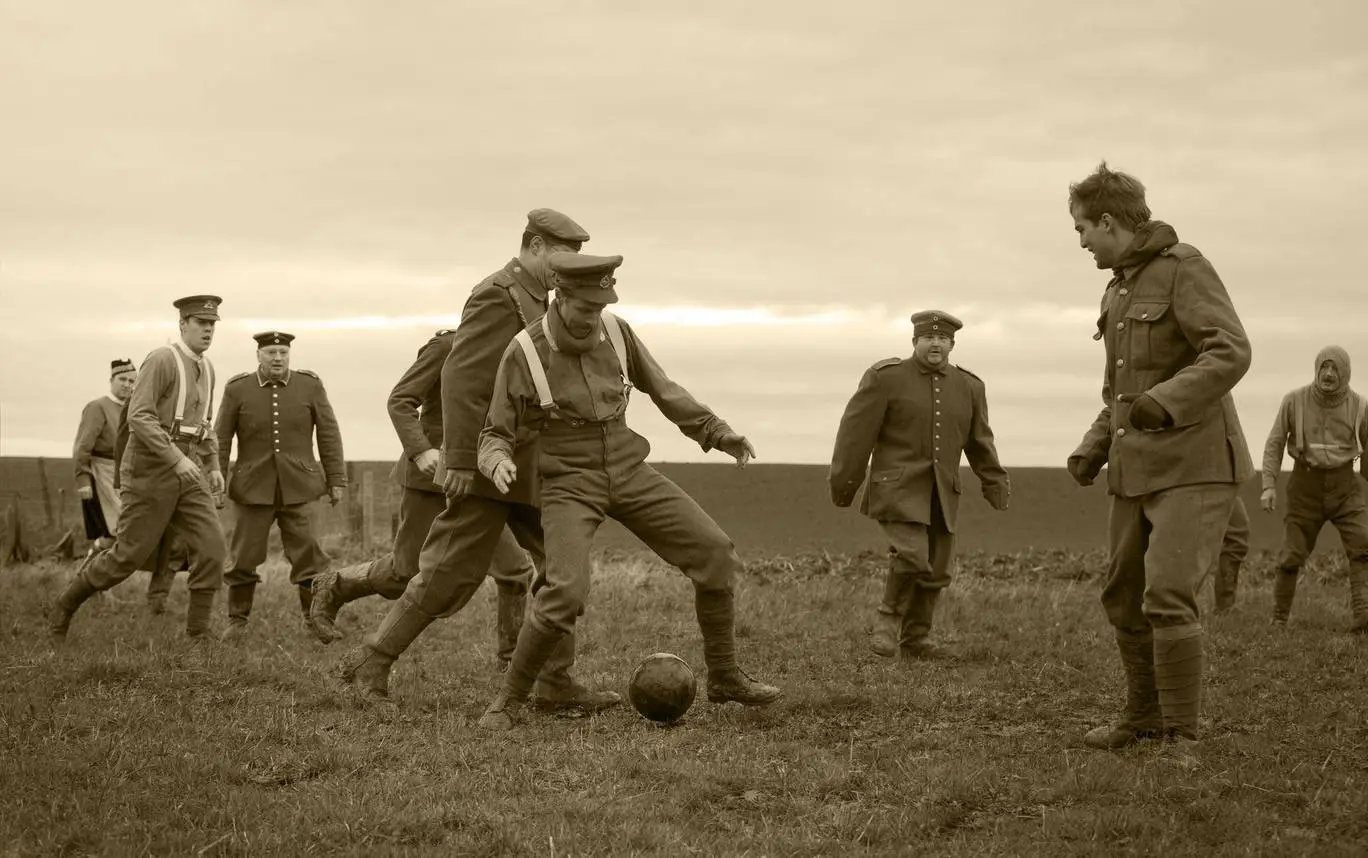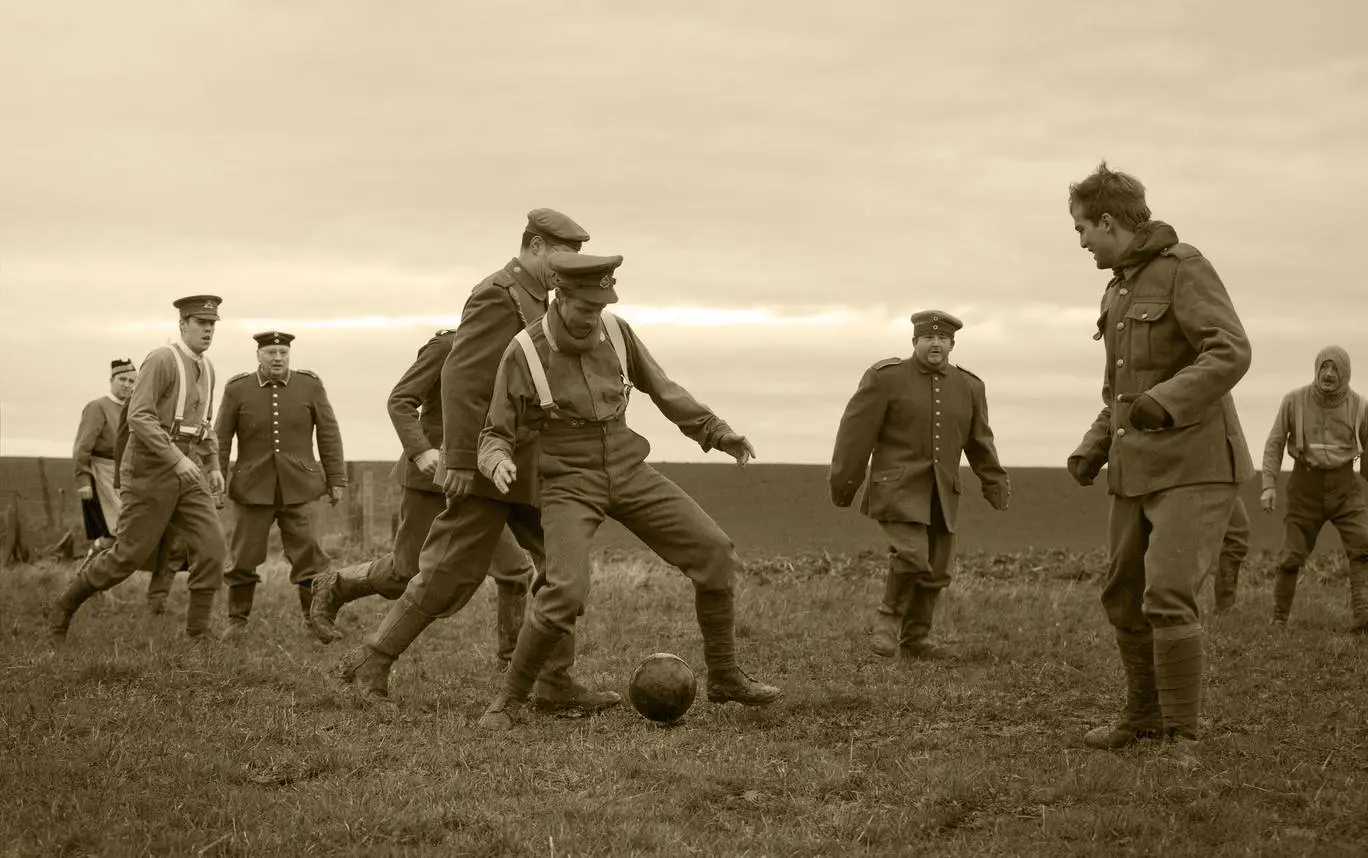Following on from our popular blog about tackling your Science IAs, this week I want to look at the History IA. For those of you studying the beast that is IB History, now is around the time that your teacher may start to introduce the IA task. Whether you’re studying HL or SL, all History students must complete it. The History IA is worth 20% of your final grade if you’re a HL student, or 25% if you’re studying at SL. So it makes up a hefty chunk of your overall grade.
When I was an IB student, I took the approach of working hard on my IAs to try and get as many marks ‘in the bag’ before my exams. And I want to encourage you to do the same! I promise it’s a comforting feeling knowing you’ve secured as many marks as possible before you’ve even sat an exam! So, in this week’s blog I’m going to take you through my 5 top tips for success with the History IA.
1. Choosing a Topic
As there is a free choice of topic with the History IA, it’s a great opportunity for you to explore your personal historical interests. Whilst having this freedom can be exciting, I know how it can also be quite daunting having to come up with an idea with no guidance! Here are a few ideas to get you on your way:
- Perhaps you’re a football fanatic? Why not fit your History IA around this, and investigate the WW1 Christmas football match of 1914.
- Maybe you’re interested in finding out more about the history of your local area? Pick a local landmark/building or an historic event to analyse. To use myself as an example, I studied the IB in a town called Sherborne, UK. The old castle there played a part in the English Civil War, so plenty of possibilities for an historical investigation.
- If you’re a food fanatic, you could explore how food was impacted under Mao’s regime in China.
- For any music lovers out there, how about investigating an aspect of music history you’re interested in. Music during the Vietnam War is a vast topic.
Once you’ve decided on your topic, you must create a question to investigate. If we take one of my suggestions above, an example History IA question could be the following: To what extent did music drive the anti-war movement in America during the Vietnam War? (Check out this article HERE if you’re looking for more information on this topic).
The only restriction is that your History IA cannot be on an event that has occurred in the last 10 years. Moreover, as this IA places great emphasis on analysis of sources, you must make sure that there are sufficient sources to support your investigation. More info on sources up next…
2. Consideration of Sources
With the History IA, you need to select and analyse a range of source material and consider diverse perspectives. For me, an important point here is analysing a range of sources, as this will automatically make it easier for you to discuss diverse perspectives. Whilst it can be tempting to pick the first sources you come across when researching your topic, they might not provide you with thoughtful points to discuss in your IA. So it’s worth spending a fair amount of time to search for the most interesting sources to evaluate.
Remember to consider both primary and secondary sources. Primary sources provide a first-hand account of an event or time period, whilst secondary sources are interpretations and analyses based on primary sources. It’s also a good idea at this stage to think of the value and limitations of sources you come across. This is something you will have to discuss in Section 1 of your IA (more about the different sections to follow).
Here are some examples of sources you could include with your IA:
- Photographs
- Newspaper articles
- Interviews
- Letters
- Speeches
- Documents/Programmes
- Posters
3. History IA Structure
As you can see from the image above, the History IA is split into three sections. This provides a useful structure for your IA, and I recommend clearly labelling these three sections in your essay. It will help the examiner follow your IA much more easily, and make it clear to them that you have a strong grasp of what each section deals with! In short, here’s what you need to do in each section:
- Section 1: Identification and evaluation of sources – firstly, you must clearly state your chosen question. Then you must analyse two of the sources you will use in your IA, including an explanation of why they are relevant to the investigation. A detailed analysis should include reference to the origins, purpose and content of the sources, as well as their value and limitations. Suggested word count = 500.
- Section 2: Investigation – this section must contain critical analysis that is focused clearly on your question. It must also include your conclusion that you draw from the analysis. You want to bring your other sources into the discussion here, as you want a range of evidence to support your argument. Suggested word count = 1,300 (this section forms the bulk of your IA).
- Section 3: Reflection – here you need to reflect on how your investigation has highlighted the methods used by, and the challenges facing, the historian. What methods used by historians did you use in your investigation? What did your investigation highlight to you about the limitations of those methods? Who decides which events are historically significant? Is it possible to describe historical events in an unbiased way? These are examples of questions you could consider in this section. Suggested word count = 400.
In addition, you must have a bibliography, but this is not included in the total word count (overall word count = 2,200). My top piece of advice is to write your bibliography as you go along. It is so boring (and time consuming!) having to go back and search for where your sources came from.
4. Following the Criteria
When completing your History IA, it’s a good idea to check that you’re meeting the assessment criteria (which can be found at the bottom of THIS LINK). I know this is something I often talk about, but it is such an important point! By using the criteria descriptors like a checklist, you can ensure that you’re satisfying what the examiner wants in your work. Let’s take the History IA ‘Criterion A: Identification and evaluation of sources (6 marks)’ as an example. If you’re looking to be in the top band for this criteria, 5-6 marks, follow this description:
‘An appropriate question for investigation has been clearly stated. The student has identified and selected appropriate and relevant sources, and there is a clear explanation of the relevance of the sources to the investigation.
There is a detailed analysis and evaluation of two sources with explicit discussion of the value and limitations of two of the sources for the investigation, with reference to the origins, purpose and content of the two sources.’
Read through your Section 1: Identification and evaluation of sources. Scrutinise whether you have included everything to secure the maximum marks. If not, go back to your work and add in what’s missing!
5. Use Your Teachers!
In the IBO History IA guidelines students are actively encouraged to engage with their teachers throughout the IA process. It states:
‘Students should be encouraged to initiate discussions with the teacher to obtain advice and information’.
I think this is such a crucial point that many IB History students are unaware of/choose to ignore.  Don’t be scared to approach your teacher and ask any questions you may have! They should be able to point you in the right direction, and might be able to introduce you to new sources for your IA. Which in turn, could lead to you producing a stronger IA and getting more marks in the bag!
Don’t be scared to approach your teacher and ask any questions you may have! They should be able to point you in the right direction, and might be able to introduce you to new sources for your IA. Which in turn, could lead to you producing a stronger IA and getting more marks in the bag!
In addition, your teachers are allowed to read and give advice on one draft of your IA. IBO rules state that the following version handed to your teacher must be the final version for submission. So, make sure your draft you hand in is as detailed as can be. Ideally, you want your teacher to give you as much feedback as possible. So handing in a fully written draft will probably be better than just giving in a plan!
That’s all from me this week, but I hope my 5 tips are useful in completing your History IA. If you’re in need of more IB History tips, don’t forget to check out our ‘How to Revise IB History’ Guide below!
Loads of free IB resources here (including a History guide!)






